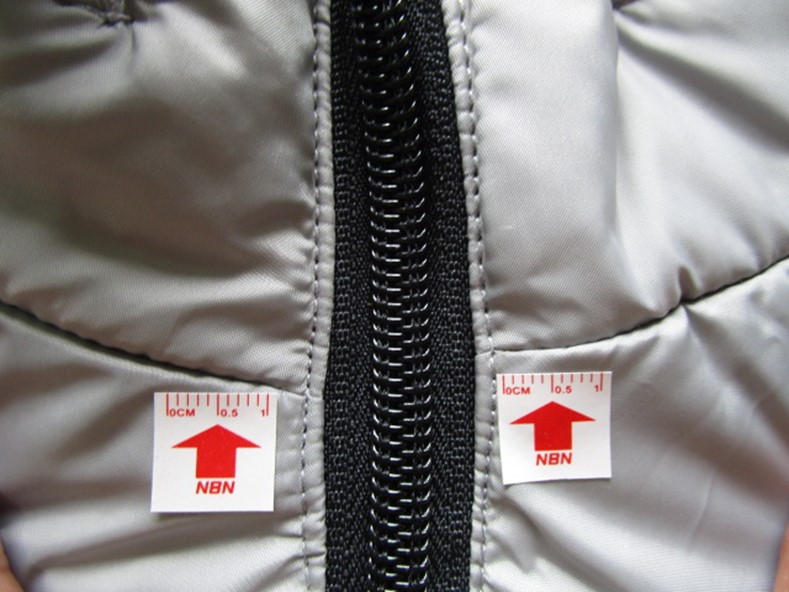
The fashion industry is a dynamic and competitive market, driven by consumers’ demand for high-quality, stylish, and well-constructed clothing. In order to meet these expectations and ensure customer satisfaction, clothing manufacturers must adhere to rigorous quality standards and requirements before their products are released to the market. This article explores the essential criteria that garments must meet during the clothing quality inspection process before they can be introduced to the market.

Contents
1.Fabric Quality and Composition
The foundation of any garment is the fabric from which it is made. The fabric’s quality and composition play a crucial role in determining the overall quality of the clothing item. Inspectors must evaluate factors such as fiber content, fabric weight, thread count, and color consistency. The fabric should be durable, colorfast, and free from defects such as snags, holes, or stains. Additionally, it’s important to ensure that the fabric composition matches the label information, providing consumers with accurate product information.
2.Stitching and Seam Strength
The strength of stitching and seams is vital to a garment’s longevity and overall quality. Inspectors assess the stitching techniques used, looking for even stitches, appropriate seam allowances, and proper thread tension. Seam strength is tested to ensure that the garment can withstand the stresses of wear and washing without coming apart. Any loose threads, uneven stitches, or weak seams must be identified and rectified before the garment can be released to the market.
3.Fit and Sizing Consistency
Consumers have high expectations regarding the fit and sizing of clothing items. A consistent and accurate sizing chart should be adhered to, ensuring that garments fit as expected across different body types. During inspection, garments are measured against the established sizing standards to identify any discrepancies. This process ensures that customers receive clothing items that are true to size, reducing the likelihood of returns and dissatisfied customers.
4.Finishing and Trims
The finishing touches of a garment, including trims, buttons, zippers, and embellishments, contribute to its overall aesthetic and functionality. Inspectors examine these components to ensure they are securely attached, properly aligned, and free from defects. Buttons should be securely sewn, zippers should function smoothly, and any decorative elements should be evenly placed. Quality trims not only enhance the garment’s appearance but also reflect attention to detail and craftsmanship.
5.Color Fastness and Dye Quality
Color plays a significant role in fashion, and consumers expect garments to maintain their color vibrancy even after multiple washes. Inspectors conduct colorfastness tests to determine whether the dye used on the fabric is resistant to fading or bleeding. This is crucial to ensure that clothing items maintain their visual appeal over time, enhancing the longevity of the product and customer satisfaction.
6.Labeling and Packaging
Accurate and comprehensive labeling is essential for consumer awareness and compliance with regulatory standards. Clothing items must have clear and readable care labels that provide washing and care instructions. Additionally, labels must accurately represent the garment’s fabric composition, country of origin, and sizing information. The packaging should protect the garment from damage during transportation and storage, reflecting a commitment to delivering the product in pristine condition.
7.Comfort and Wearability
Quality clothing extends beyond mere appearance; it must also provide comfort and wearability to the wearer. Inspectors assess factors such as seam placements, fabric texture, and potential irritants like scratchy tags or rough edges. Garments should allow for ease of movement and fit comfortably on the body. This evaluation ensures that customers not only look good in the clothing but also feel comfortable and confident while wearing it.
8.Workmanship and Attention to Detail
The overall workmanship of a garment speaks volumes about its quality and the manufacturer’s commitment to excellence. Inspectors closely examine the stitching, pattern matching, and alignment of various components, such as pockets and collars. Attention to detail is essential in creating garments that stand out in terms of design, construction, and overall presentation.
Conclusion
In the competitive landscape of the fashion industry, clothing manufacturers must prioritize quality in order to succeed and build a loyal customer base. The quality inspection process serves as a crucial checkpoint before garments are released to the market. By adhering to standards related to fabric quality, stitching, fit, finishing, colorfastness, labeling, comfort, and workmanship, manufacturers can ensure that their clothing items meet or exceed customer expectations. Emphasizing these quality requirements not only benefits the brand’s reputation but also contributes to customer satisfaction and long-term success in the ever-evolving world of fashion.




